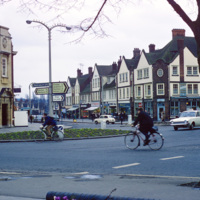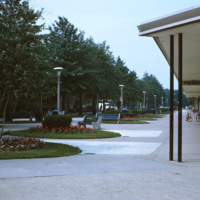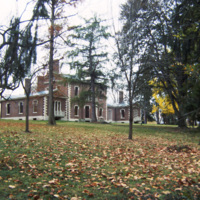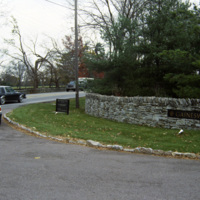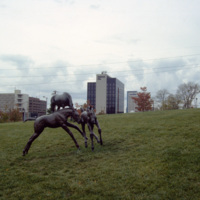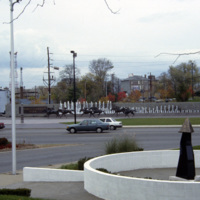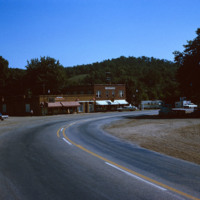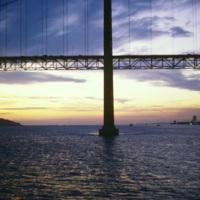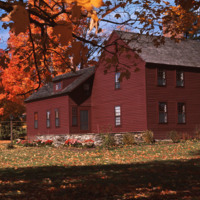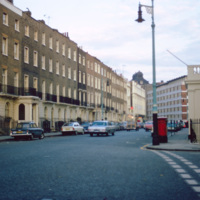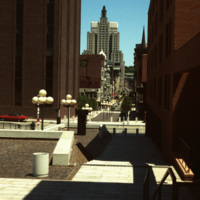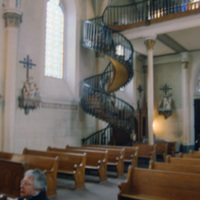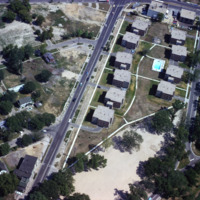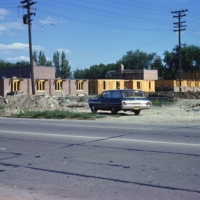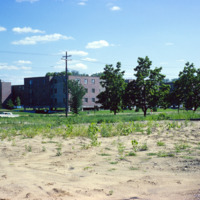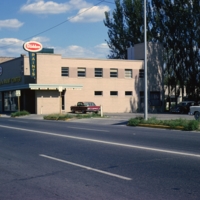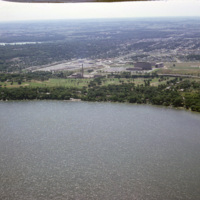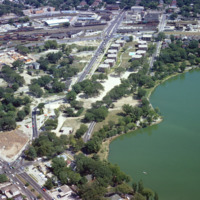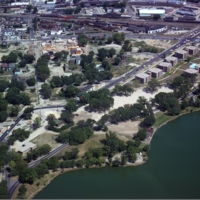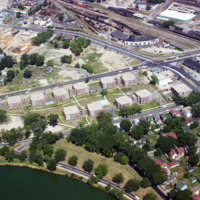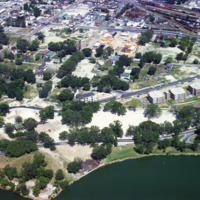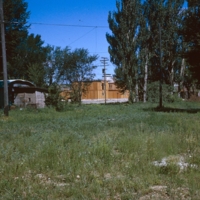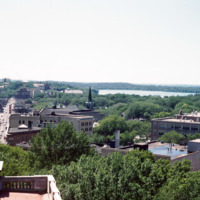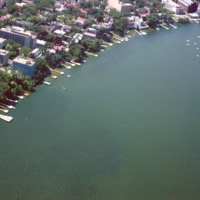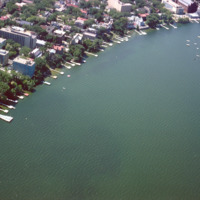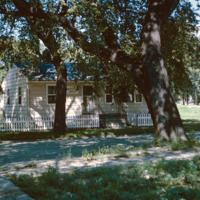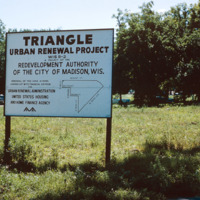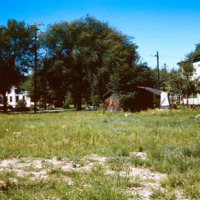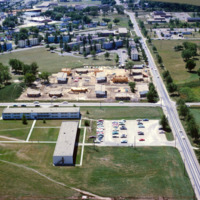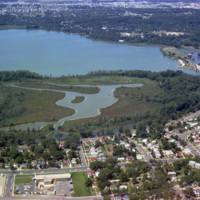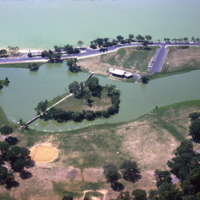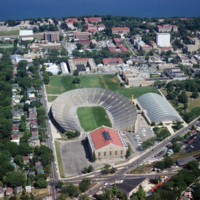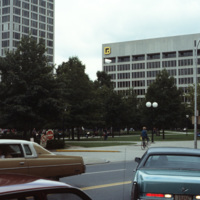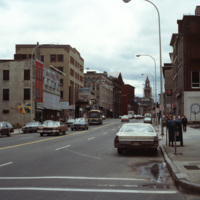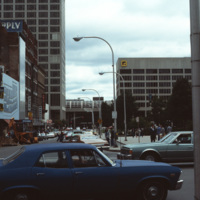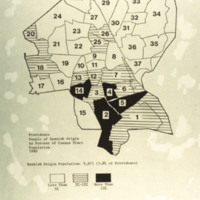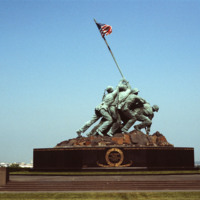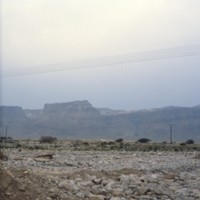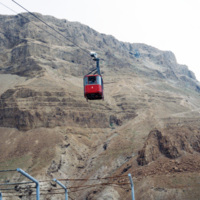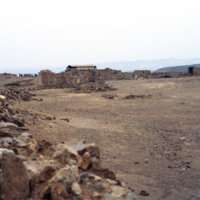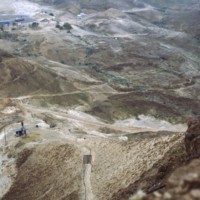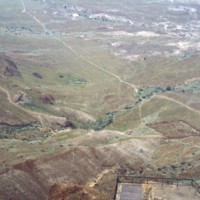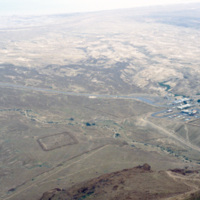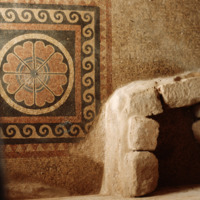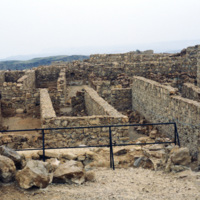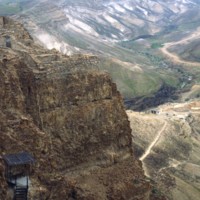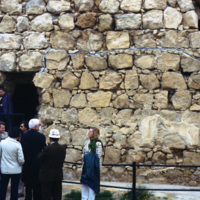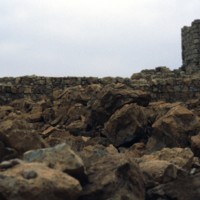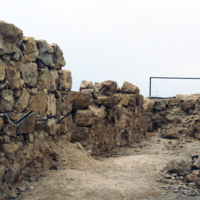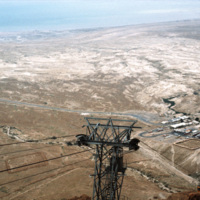Browse Items (993 total)
- Collection: Chester Smolski Photographs
Letchworth Garden City: Town Center
Lexington: Ashland (Henry Clay Estate)
Tags: American, architecture, Greek Revival, mansion
Lexington: Gainesway Farm Entrance
Tags: economic zoning, horse breeding
Lexington: Thoroughbred Park
Tags: arts, thoroughbred, urban parks
Lexington: Thoroughbred Park
Tags: arts, monuments, urban parks
Linn Creek, MO (Ozarks)
Tags: lakes, Linn Creek, Missouri, Ozark Mountains
Lisbon: 25 de Abril Bridge at Sunset (Salazar Bridge)
Tags: 25 de Abril Bridge, bridges, highways, Portugal, Tagus River
Litchfield - Old Housing in the Fall
Tags: colonial cities, historic
London: Eaton Square
Tags: architecture, Belgravia, city blocks, dwellings, Eaton Square, housing, London, street view, Westminster
Looking at Downtown Providence from Cathedral Square
Tags: downtown, Providence downtown, urban parks
Loretto Chapel: Mysterious Staircase
Madison Triangle
Madison Triangle (1 of 2)
Madison Triangle (2 of 2)
Madison Triangle, Structure to be Demolished
Tags: building, commerce, commercial, street view, urban renewal
Madison: Aerial View Looking South from Lake Mendota
Madison: Aerial View of Triangle
Tags: aerial, public housing, triangle, urban renewal
Madison: Brittingham & Triangle (1 of 2)
Madison: Brittingham & Triangle (2 of 2)
Madison: Brittingham Park and Triangle
Madison: Public Housing for Elderly
Madison: State St. from State Capitol
Madison: Student Housing at University of Wisconsin-Madison
Madison: Student Housing at University of Wisconsin-Madison
Madison: Triangle Neighborhood
Madison: Triangle Neighborhood Sign
Tags: madison, public housing, redevelopment, triangle, urban renewal
Madison: Triangle, Vacant Lot
Madison: Truax Barracks Public Housing, Construction
Madison: Vilas Park
Tags: aerial, Lake Wingra, parks, urban parks, Vilas Park, Zoos
Madison: Vilas Park, Lake Wingra
Tags: aerial, Henry Vilas, Lake Wingra, parks
Madison: Wisconsin Field House and Camp Randall Field
Main St. in Worcester, MA
Main St. in Worcester, MA
Worcester City Hall, completed in 1898, features aspects of the Italianate Renaissance…
Tags: cityscape, Massachusetts, streetscape, urban malls, urban parks
Main St. in Worcester, MA
Map of People of Spanish Origin as Percent of Census Tract 1980- Providence
Tags: census, Hispanic, Hispanic population, maps, Spanish origin
Marine Corps War Memorial
Tags: Marine Corps War Memorial, memorial, monuments, statues, war, World War II
Masada
Tags: archaeology, Dead Sea Scrolls, historic, Masada, religion
Masada: Cable Car Access
Tags: archaeology, Dead Sea Scrolls, historic, Masada, religion, tourism
Masada: Natural Fortress, Ruins, Visitors
Masada: Roman Road (2 of 2)
Tags: archeology, historic, religion
Masada: Roman Siege Camp Ruins
Masada: Roman Siege Camps
Tags: King Herod, Masada, Roman Siege Camps
Masada: Roman Style Tile & Bath
Tags: archeology, arts, bath house, Herod, historic, Masada, roman tiles
Masada: Ruins of Herod’s Palace
Masada: Ruins, View From Top
Tags: King Herod, Masada, Roman Road, ruins
Masada: Tourists and Ruins
Tags: archeology, historic, King Herod, religion, tourism
Masada: View from the top (1 of 2)
Masada: View from the top (2 of 2)
Masada: View Toward Dead Sea
Tags: landscape, Masada, the Dead Sea
